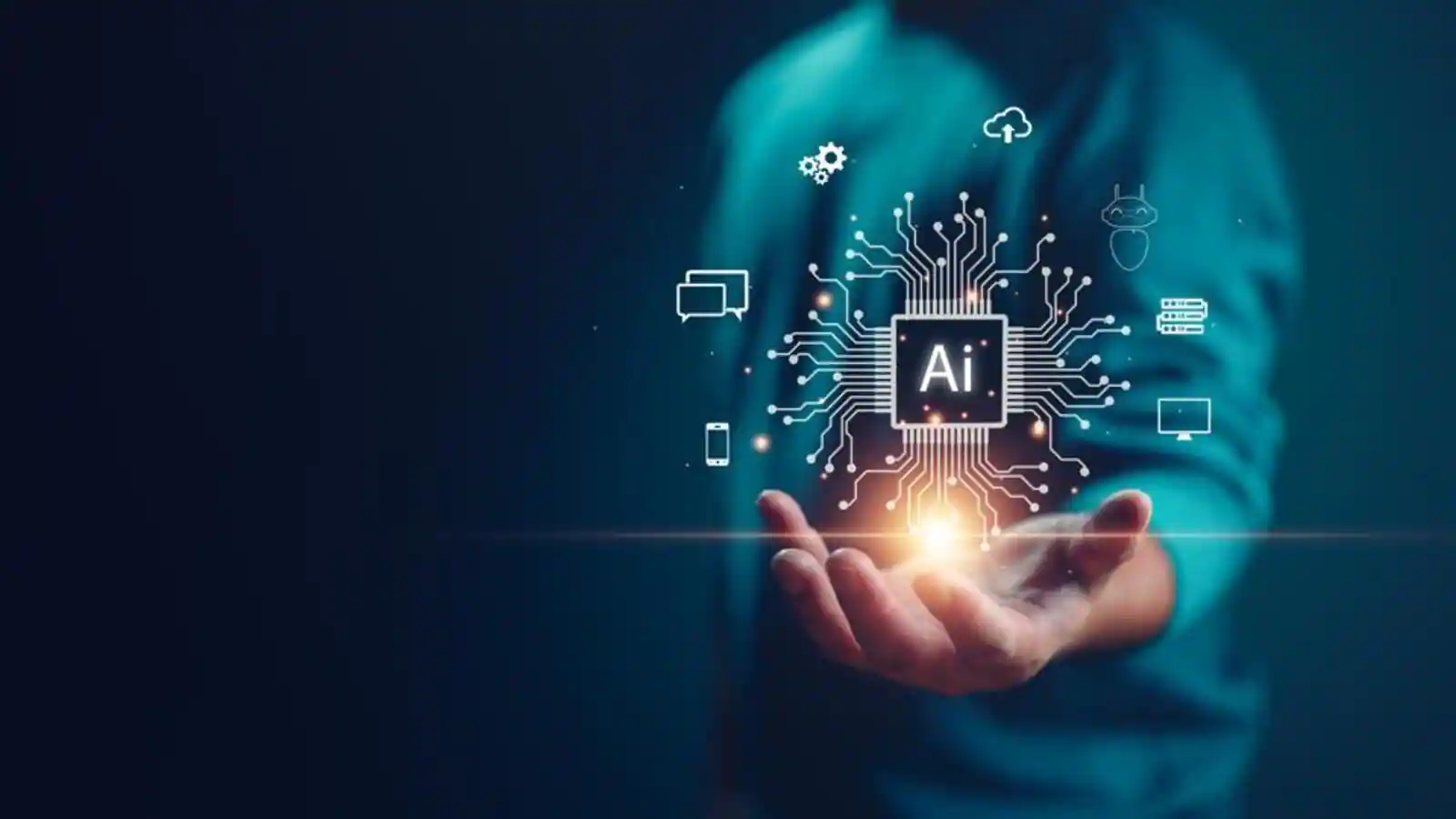Get ready to rethink your map-reading skills, because the future of navigating mazes might belong to robots. Researchers at ETH Zurich have achieved a remarkable breakthrough in the field of artificial intelligence (AI) with the development of CyberRunner, a robot that can outmaneuver humans in the classic game of Labyrinth.
Key Highlights:
- CyberRunner: ETH Zurich researchers develop AI robot that masters Labyrinth game in just 6 hours.
- Human vs. Machine: Robot outmaneuvers humans in maze navigation, showcasing potential for AI dexterity.
- Beyond Games: Breakthrough paves the way for AI in real-world applications requiring physical manipulation and spatial reasoning.

CyberRunner’s prowess lies in its ability to navigate a complex maze by tilting the game board, guiding a small metal ball through its intricate pathways. Unlike traditional AI systems that excel at strategy and logic in digital domains, CyberRunner demonstrates exceptional physical dexterity and spatial reasoning in a real-world setting.
Learning on the Fly: The most impressive aspect of CyberRunner’s performance is its rapid learning curve. Using a combination of reinforcement learning and deep neural networks, the robot mastered the game in a mere six hours. This agility in adapting to new physical challenges marks a significant advancement in the field of AI robotics.
Beyond the Game Board: The implications of CyberRunner’s success extend far beyond the realm of childhood games. Its ability to navigate complex physical environments with precision and speed opens doors for potential applications in various fields, including:
- Search and rescue: Robots equipped with CyberRunner’s technology could navigate collapsed buildings or disaster zones, locating survivors and navigating hazardous terrain.
- Logistics and automation: AI-powered robots could navigate warehouses and factories, optimizing sorting, transportation, and assembly tasks.
- Medical robotics: Miniature robots equipped with similar capabilities could perform delicate surgical procedures or navigate human vasculature for minimally invasive interventions.
The Human Factor: While CyberRunner’s triumph may seem like a step towards robot domination, the researchers emphasize the collaborative potential of AI. “CyberRunner is not meant to replace human skills,” says Raffaello D’Andrea, one of the lead researchers behind the project. “It’s about augmenting human capabilities and providing assistance in tasks that are physically demanding or require precision.”
A Glimpse into the Future: The development of CyberRunner represents a significant leap forward in the quest to bridge the gap between digital intelligence and physical dexterity. As AI research continues to evolve, we can expect to see even more remarkable feats of robotic prowess, blurring the lines between human and machine in ways we can only begin to imagine.


















